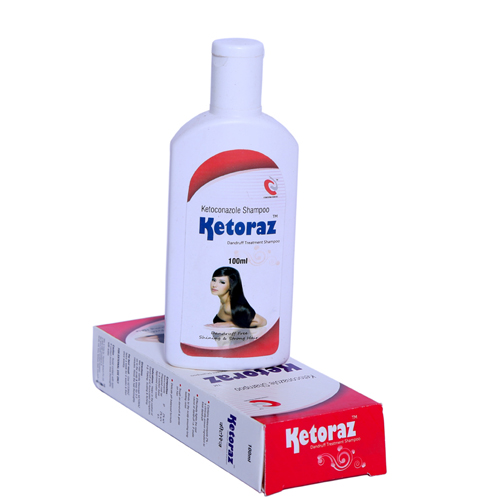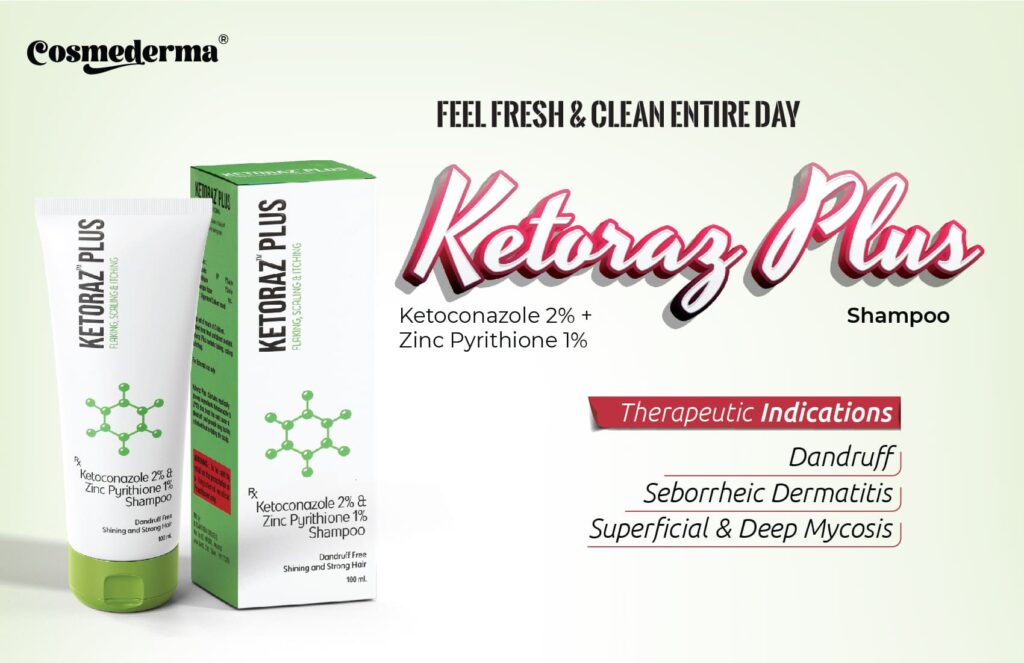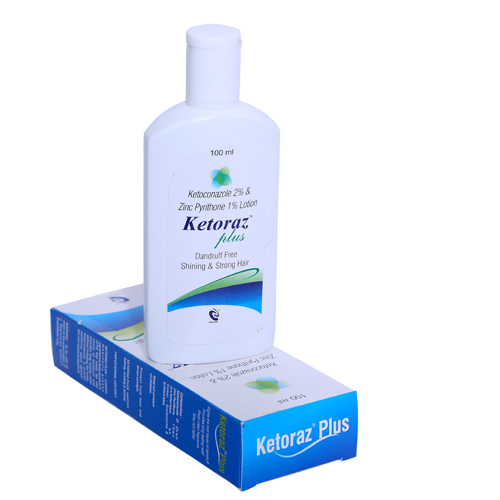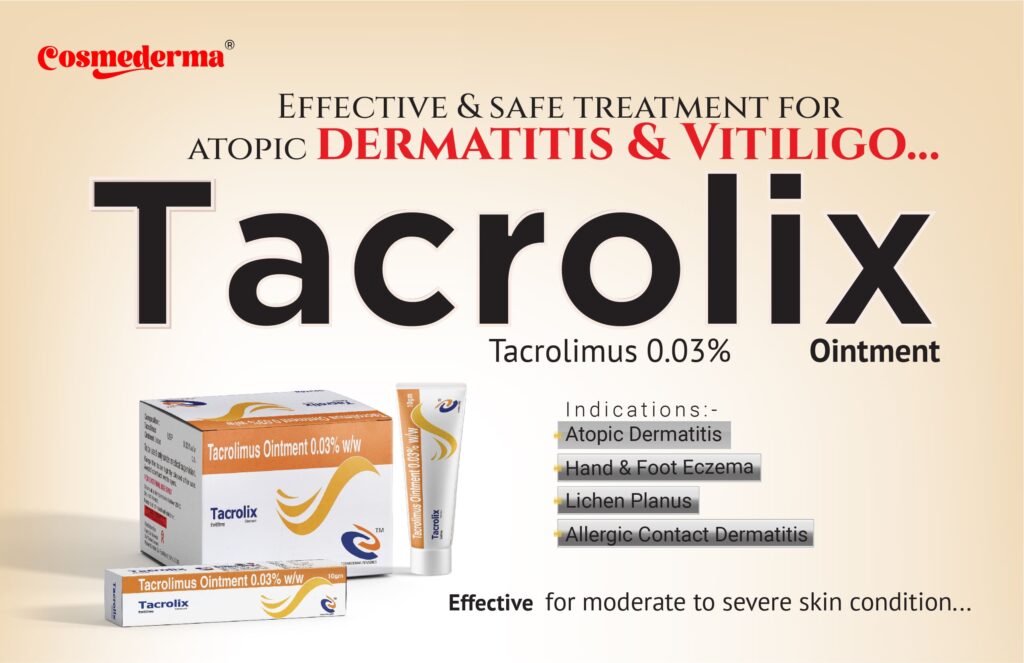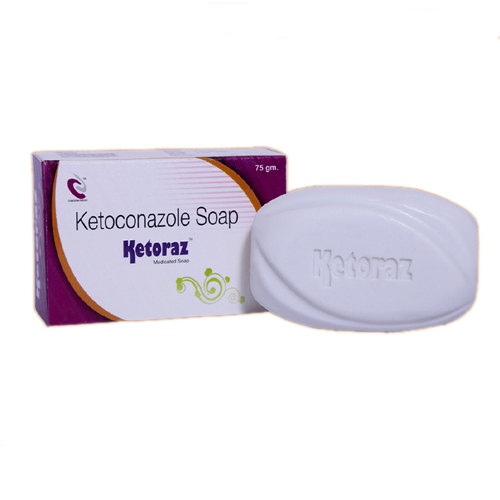Seborrheic dermatitis 
Home » Seborrheic dermatitis
Overview
Seborrheic dermatitis is a common, chronic skin condition that affects various parts of the body, with the most frequent sites being the scalp, eyebrows, and face. It is characterized by red, scaly, and sometimes itchy patches of skin, often accompanied by dandruff in the scalp. This condition can vary in severity and tends to flare up in response to certain triggers like stress or changes in weather. The exact cause is not fully understood but is thought to involve genetics, yeast overgrowth, and increased oil production in the skin. Regular use of these treatments, along with good skincare practices, can help individuals control the condition and reduce the discomfort associated with it.


Causes and Risk Factors
Yeast Overgrowth: Malassezia, a type of yeast that naturally inhabits the skin, is thought to play a role in seborrheic dermatitis. In individuals with the condition, there may be an abnormal or excessive immune response to this yeast.
Excess Skin Oil (Sebum): An overproduction of sebum, the skin’s natural oil, can contribute to the development of seborrheic dermatitis. Sebum provides a nutrient source for Malassezia yeast, which can exacerbate the condition.
Genetic Predisposition: A family history of seborrheic dermatitis may increase an individual’s susceptibility to the condition, suggesting a genetic component.
Hormonal Changes: Hormonal fluctuations, such as those that occur during puberty or with certain medical conditions, can influence sebum production and contribute to flare-ups.
Neurological Factors: Some research suggests that abnormalities in the nervous system may play a role in seborrheic dermatitis.
This is the most common form and primarily affects the scalp, leading to dandruff. It can cause itching and flaking of the scalp, often resulting in the appearance of white or yellowish,
This type affects areas of the face, such as the eyebrows, eyelids, the sides of the nose, and the beard area in men. It can also extend to other parts of the body, including the chest, back, and skin folds.
Types of Seborrheic Dermatitis
Scalp Seborrheic Dermatitis: This is the most common form and primarily affects the scalp, leading to dandruff. It can cause itching and flaking of the scalp, often resulting in the appearance of white or yellowish, oily scales on the hair and shoulders. Scalp seborrheic dermatitis can range from mild dandruff to more severe and persistent conditions.
Facial and Body Seborrheic Dermatitis: This type affects areas of the face, such as the eyebrows, eyelids, the sides of the nose, and the beard area in men. It can also extend to other parts of the body, including the chest, back, and skin folds. Symptoms include redness, scaling, and, in some cases, itching. The rash can be somewhat greasy or oily in appearance.

Solution From Cosmederma
-
Ketoraz SRated 0 out of 5
-
Ketoraz 100mlRated 0 out of 5
-
Ketoconazole & ZincRated 0 out of 5
-
TarzilRated 0 out of 5
-
KetorazRated 0 out of 5
-
Tacrolix ForteRated 0 out of 5
-
Tacrolimus Ointment 0.03%Rated 0 out of 5
-
Ketoraz Soap 75gmRated 0 out of 5


